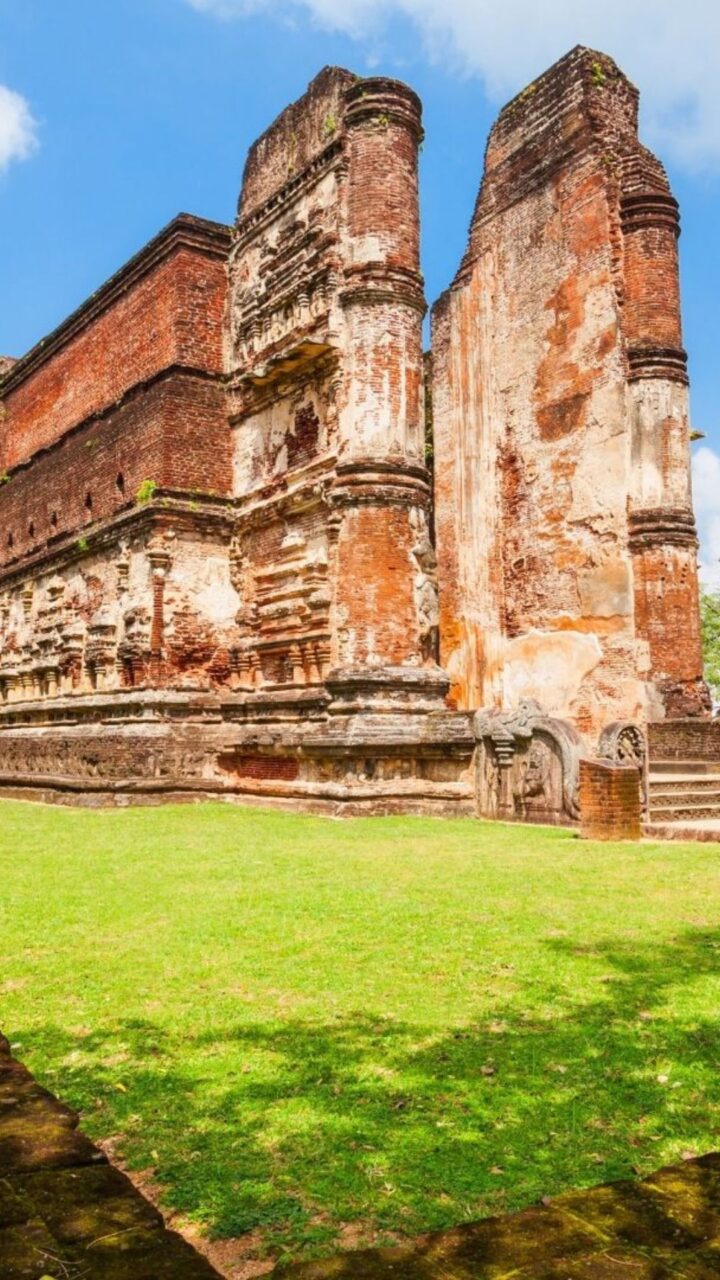
Sri Lanka’s historical and cultural history is impressively different in terms of preserved ruins, traditions, clothes, food, arts and crafts, and so on, with influences from nearby India and ruling colonial powers like as the British, Dutch, and Arabs.
Despite the fact that Sinhala is Sri Lanka’s most frequently spoken language, Tamil is also extensively spoken. A few words of English, which is commonly used in urban places like Colombo and Kandy is gaining popularity throughout the island, can help you in getting around.
1. Uda Rata Natum is commonly known as Kandyan dance in the country. Costumed dancers imitate distinct animal movements in this performance, which is usually a narration of the Indian Ramayana.
2. The Devil Dance, also known as Pahatha Rata Natum, is a low country dance performed in southern Sri Lanka to please evil spirits. The dancers dress up as birds, demons, and reptiles while wearing various masks.
3. The Sabaragamuwa dance is a hybrid of Kandyan and low-country dance. The major goal of this dance, which is mostly performed in the Ratnapura district, is to praise Saman’s God.
4. In Sri Lanka, classical folk dance is also practiced, which demonstrates regional and historical characteristics. Stick dancing, pot dancing, hand drumming, and polkatu dancing are some of the most popular classical folk dance traditions today.
Sri Lankan music is influenced by four major figures.
1. Ancient folk rituals
2. Buddhist religious practices
3. European colonialism’s legacy
4. Indian culture’s influence, particularly Bollywood music
Baila is a popular type of music that originated in Portugal and is now popular at clubs, parties, and other social gatherings. Folk music is made up of a small number of instruments and has a limited frequency range. In a social gathering, folk songs and poems urge people to work together. The highly advanced pageantry heritage, puppetry, and Nurthi – a stage drama music – are all part of Sri Lankan country music. Classical music with Indian influences has also evolved into something unique. We also have traditional drama, music, and songs in the Sri Lankan style.
The sarong is the traditional attire for men in Sri Lanka, while sarees are worn by women. For practically every event, men of all ages wear a sarong or trouser/jeans. Sarees are worn by women in formal and informal events, as well as in the workplace. This is primarily for adult women, while young girls prefer the traditional skirt and blouse outfit.
Sri Lankan festivals showcase the country’s culture and religions, as well as its rich heritage and lovely traditions.
Sinhala and Tamil New Year: This is Sri Lanka’s only national holiday, lasting around a week. Sri Lankans decorate their homes, make customary sweets, dress up in their finest outfit, and participate in traditional customs like blessing their kids, igniting fireworks, and making the first home cooked meal of the year in April.
Vesak Poya: This Buddhist festival celebrated on May’s full moon day is a week-long festival. Also, known as the Festival of Lights, commemorates the birth, enlightenment, and passing of Lord Buddha. The entire island is a swirl of vividly colored lanterns and lights, with people handing out food known as dansals – it’s a sight to behold!
Poson Poya: This yearly Buddhist celebration, held on the full moon day of June, commemorates the introduction of Buddhism in Sri Lanka in the 3rd Century BC.
The Esala Perahera: Takes place in July or August and pays honor to Lord Buddha’s precious Tooth Relic, is one of Sri Lanka’s oldest and most lavish Buddhist festivals. Every day, processions of elaborately dressed dancers and skillful drummers, fire jugglers, musicians, stilt walkers, and costumed elephants take part in the festivities.
Maha Shivarathri: A Hindu celebration commemorating Shiva and Parvati’s marriage. In addition to private parties and temple gatherings, prayers are held all night. While meditation rites are one type of celebration, some temples also hold concerts and dance acts to create a lively ambiance.
Vel Festival: The most major Hindu festival honoring Skandha, the Hindu god of war. Processions and celebrations commemorate the victory over evil powers, and the trident, also known as the Vel, is worshipped.
The Nallur Festival: A 25-day festival held in July/August at the Kandaswamy Temple in Jaffna, with thousands of devotees clad in white and ladies dressed in their best sarees.
Kataragama Festival: In July/August, thousands of pilgrims of all religions flock to the sacred town of Kataragama in south Sri Lanka to fulfill their vows and seek guidance from Lord Kataragama.
Pada Yatra Pilgrimage: Thousands of pilgrims travel from Jaffna in the north to Kataragama in the south as part of the Pada Yatra pilgrimage, which takes place from June to July. This amazing spiritual journey takes you through a variety of landscapes, including Sri Lanka’s stunning eastern coast and the Yala National Park.
Thai Pongal: A prominent Tamil festival that takes place in mid-January and honors the Sun-God Surya as well as the cattle God, both of whom are crucial in ensuring a healthy harvest.
Many stores provide a wide choice of arts and crafts, which you may see as you travel around the nation. Laksala and Lakpura are two well-known boutiques in Colombo that provide one-of-a-kind arts and crafts that may be brought home as souvenirs of Sri Lanka.
Masks: Masks are firmly rooted in Sri Lankan folklore and are employed in healing ceremonies and rituals. These masks have become particularly popular at devil dances.
Handloom: Shoppers are increasingly drawn to handwoven fabrics in brilliant colors and designs. Handloom curtains, pillow covers, handbags, bedsheets, sarees, clothing, book covers, and more are all available!
Beeralu Lace: Beeralu Lace is a lacemaking custom that originated with Dutch and Portuguese women and is currently done by women in Sri Lankan homes. The delicate patterns created by the hands in the craft of lacemaking are fascinating to watch.
Drums (Bera): Drums made from a Jack Tree and animal hide require a high level of workmanship.
Jewellery Making: Jewellery production has advanced to international standards, with traditional and innovative designs attracting buyers from all over the world.
Lacquer Work (Laksha): vivid and colorful decorations completed with an insect-derived wax lacquer making it a great symbol of Sri Lankan culture.
Clay (Pottery): Pottery is one of Sri Lanka’s oldest crafts, and it’s still a popular pastime for tourists to try their hand at.
Wood Carving: Carving in wood is a centuries-old practice that may be seen on furniture, household objects, jewelry, boxes, decorations, toys, sculptures, lacquer work, and other products.
Batik: inspired by Indonesian culture, batik is the fabrication of textiles with fascinating designs and color combinations, which are then used to make clothes.
Maha Sona is a fearsome demon in Sinhalese folklore, most powerful demon second to none, who is believed to haunt afterlife especially on graveyards surrounded by human corpses, large rocks and hills, and Junctions where three roads meet, are the most common haunting grounds of this demon. Demon kills its human prey by crushing their shoulders and also by afflicting illnesses. Usually kills people at night and dusk when confronted alone and leave his mark of a hand embossed on the flesh of the body after this, he also able to possess humans. In such cases, exorcism rituals are performed by Kattadiya (exorcist specialist) to repel the demon.
Maha Sona is formally known as Ritigala Jayasena, a human warrior giant who served in King Dutugemunu’s army among the 10 great Giants. There was a celebration after the victory from the war between invading king Elara and King Dutugemunu. 10 Great Giants also participated in this ceremony with their family.
Jayasena offended another fierce warrior in a drunken stupor by insulting his beautiful wife. Gotaimbara challenges him for a battle and schedules a date and the time to the fight on a graveyard. On the scheduled day, The fight was started with a grand ceremony. They fought with each other showing their strength.
They schedule the Date and the Time to the fight at an open Graveyard. On the scheduled day, The fight was started with a grand ceremony. They fought with each other showing their strength. Gotaimbara decapitates Jayasena by a single flying kick on to Jayasena’s head.
After one month many people eagerly gathered to see his superhuman work. While everyone watching, he asked four strong men from the King to lift the stone and put it on his back so he can piggyback it to another location. Then the king asks, “you have promised to move the stone! and why you are not doing it by your self?” Andare replied “yes you highness what I promised is, to relocate the stone and I will do it gladly if someone lifts the stone and put it on my back. Everyone laugh, however king himself is a bit angry about his notorious action but forgave him since he did not contradict what he said early.
In ancient times, there was a comedian in the palace. His name is Andare and his duty was telling funny stories to keep the king smiling. In that period there was a paddy field event to select the best Farmer. One day, a farmer came to the castle to meet the King, to tell a problem he was facing. There was a big stone in the middle of his paddy field, so he couldn’t grow paddy for the event. The King commanded the men to remove it. Everybody couldn’t move it. But Andare agreed to remove it with some condition. He asked to live in one month wealthy and healthy as a King. So the king granted his request and provide the luxury life he requests for one month.
After one month many people eagerly gathered to see his superhuman work. While everyone watching, he asked four strong men from the King to lift the stone and put it on his back so he can piggyback it to another location. Then the king asks, “you have promised to move the stone! and why you are not doing it by your self?” Andare replied “yes you highness what I promised is, to relocate the stone and I will do it gladly if someone lifts the stone and put it on my back. Everyone laugh, however king himself is a bit angry about his notorious action but forgave him since he did not contradict what he said early.
There was a King named Kalantissa who ruled in Kelaniya. According to legend, it is believed that King Kalantissa murdered a high priest of a monk and threw the body into the sea. This wicked deed angered the sea gods and they cast powerful spells that caused the ocean to rush in and flood the land. People were scared and went to the King for help. Astrologers told him to sacrifice his most beautiful daughter Devi to the Ocean. It was the only way to save the land.
A Golden Boat was built and Princess Devi was sacrificed to the sea. The sea suddenly turned calm. The Boat went toward Kirinda in down south. The People in Kirinda saw the boat and informed it to King Kawantissa. He went to see this beautiful lady from the Sea. He took princess Devi to his palace. Some times after he fell in love with her and she became his queen and lived happily ever after.
Long ago in the land of Vanga in India, the King of Vanga had a beautiful daughter whom fortunetellers believed would one day be kidnapped by a lion. One day as she was riding in a carriage near Lala country, a lion attacked and kidnapped the princess, taking her away to a cave which he blocked with a huge rock. Years went by and all efforts to find the princess failed. She eventually accepted her life with the Lion and a few years later gave birth to twins, a son, Sinhabahu, who had hands that resembled the paws of a lion, and a daughter, Sinhasivali.
As they grew older, Sinhabahu asked his mother why they were kept in the cave like prisoners and his mother told him what had happened to her so many years earlier. Saddened by her fate, Sinhabahu was determined to break the cave entrance. One day when the Lion had gone out to hunt, Sinhabahu pushed away the rock and escaped with his mother and sister. The King of Lala country was elated to see the long lost princess return. However when the Lion returned, he was outraged to find his family missing and set out to find them, attacking villages and scaring the people of Lala as he went. The King of Lala country asked Sinhabahu to stop the Lion. The encounter did not go well and Sinhabahu accidentally pierced his own father’s heart with a bow, killing him.
For his heroic deed, the King of Lala country built a city for Sinhabahu, named it Sinhapura, and crowned him King of the city. Years later, Sinhabahu married and had a son named Vijaya. Prince Vijaya was a mischievous young man with an unsuitable group of friends. People often complained to Sinhabahu about his son’s behaviour and the trouble they caused them leaving Sinhabahu no choice but to banish Prince Vijaya from Sinhapura. The Prince and seven hundred of his friends were given a ship and asked to leave. After sailing for several days they landed in Lanka.
When Prince Vijaya reached the island of Lanka, they met a female devil named Kuveni, with whom after a bad start they made friends with. Prince Vijaya and Kuveni later got married and they had a son and a daughter. Years later Prince Vijaya was able to subdue all the devils in the country with Kuveni help. He became the King of Lanka and gave up his early playful life, became very responsible and ruled the country justly.
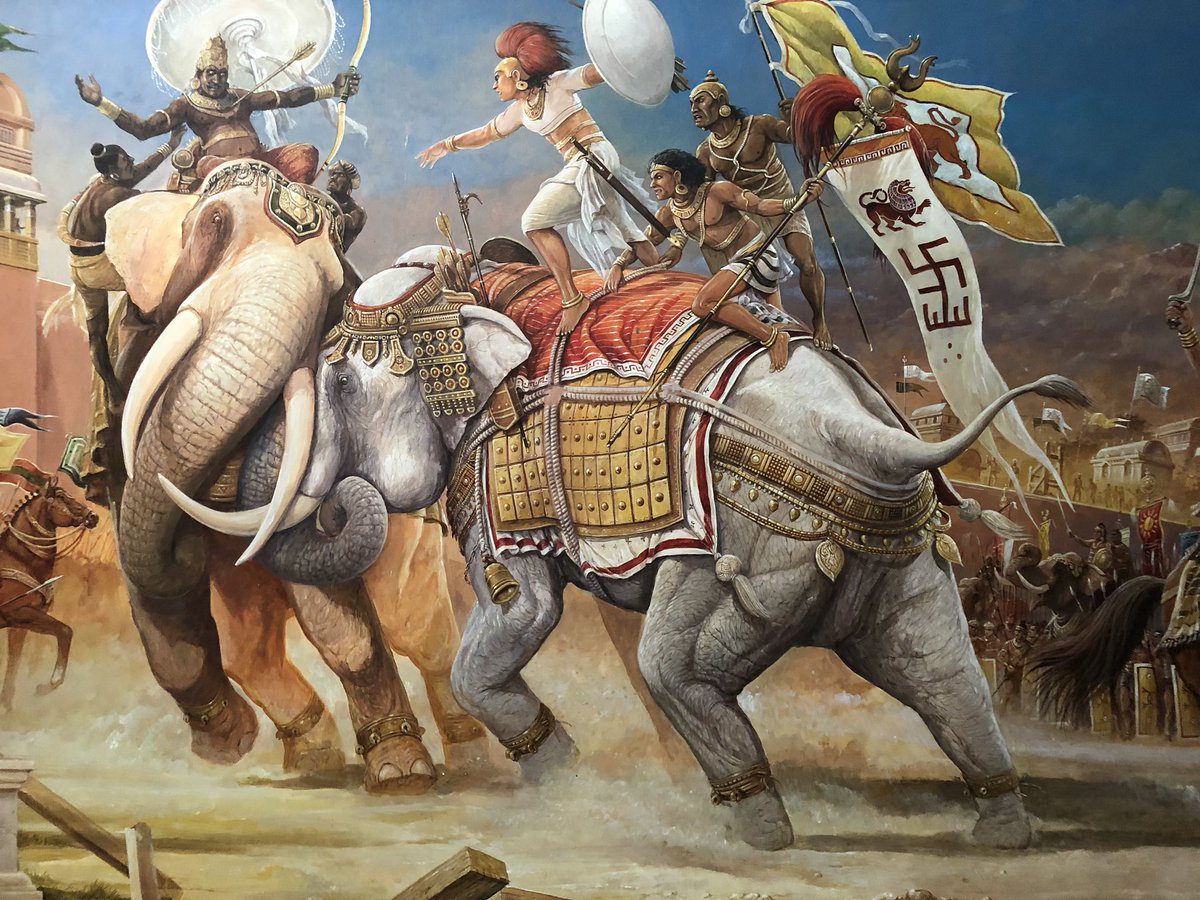
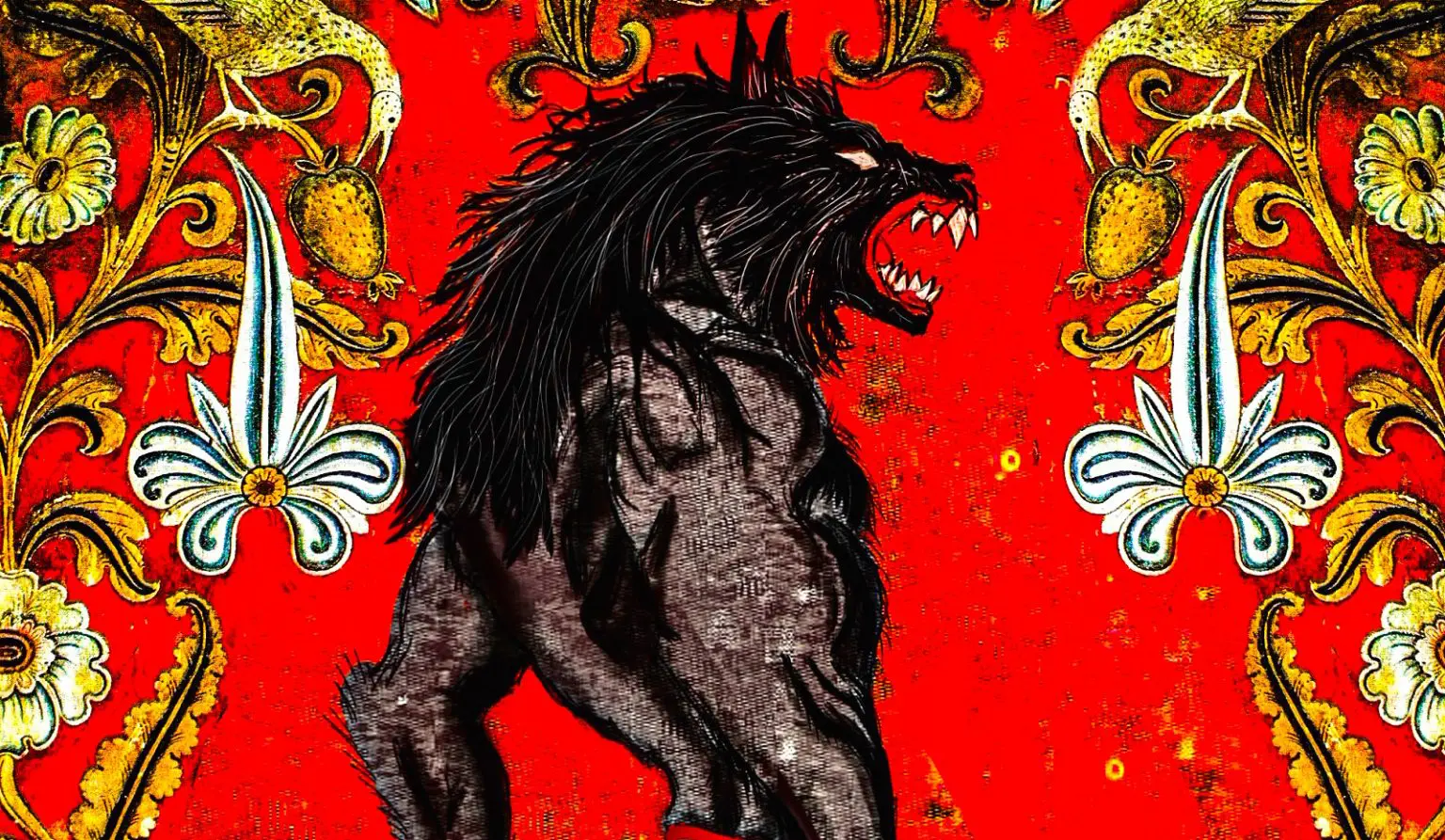
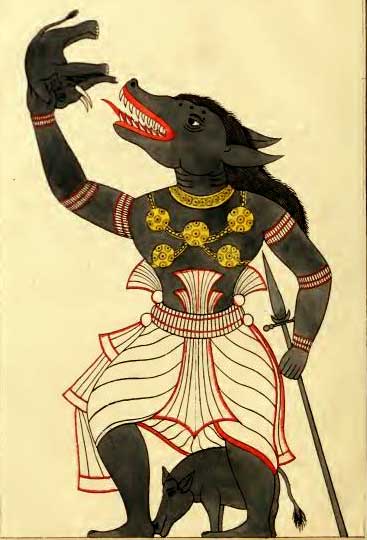
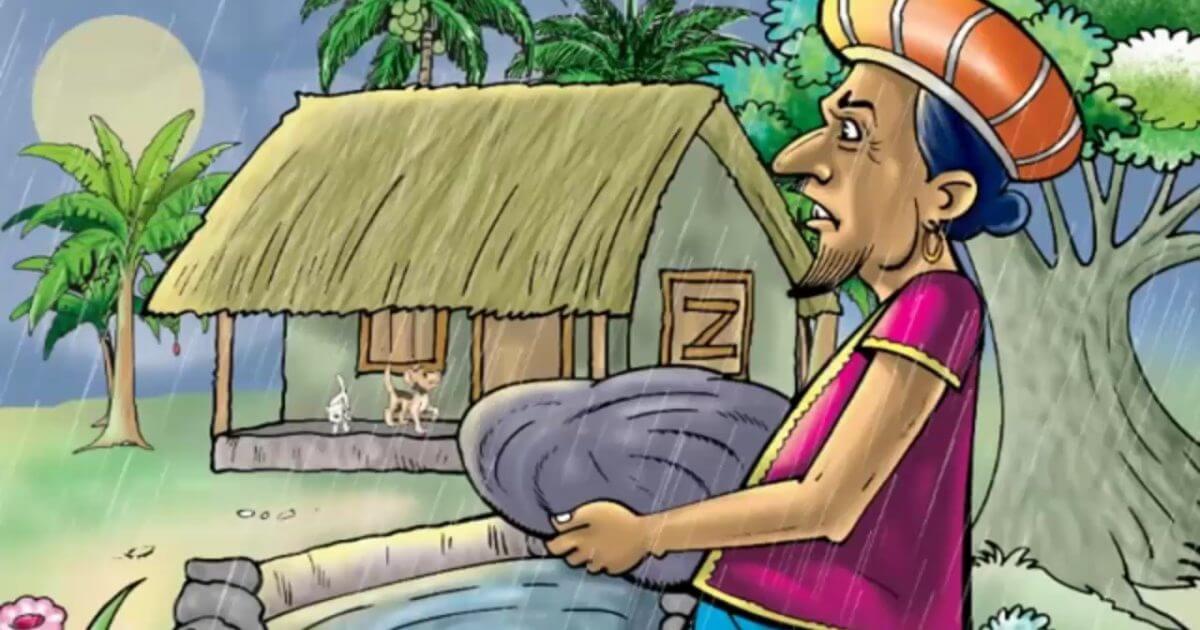
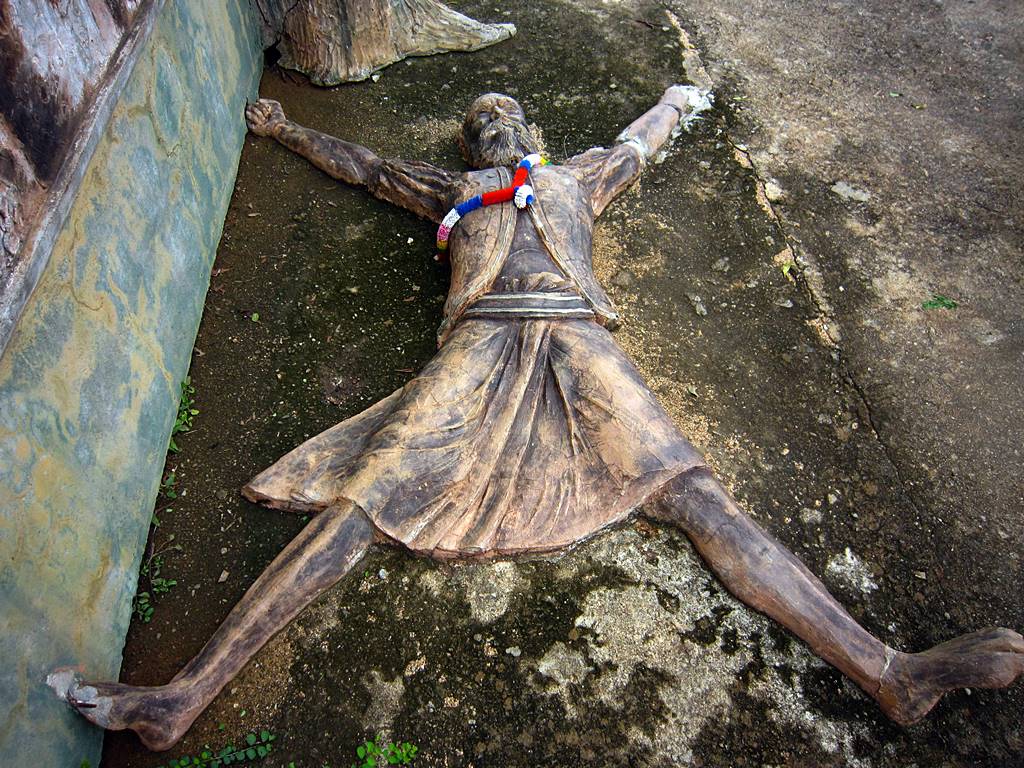
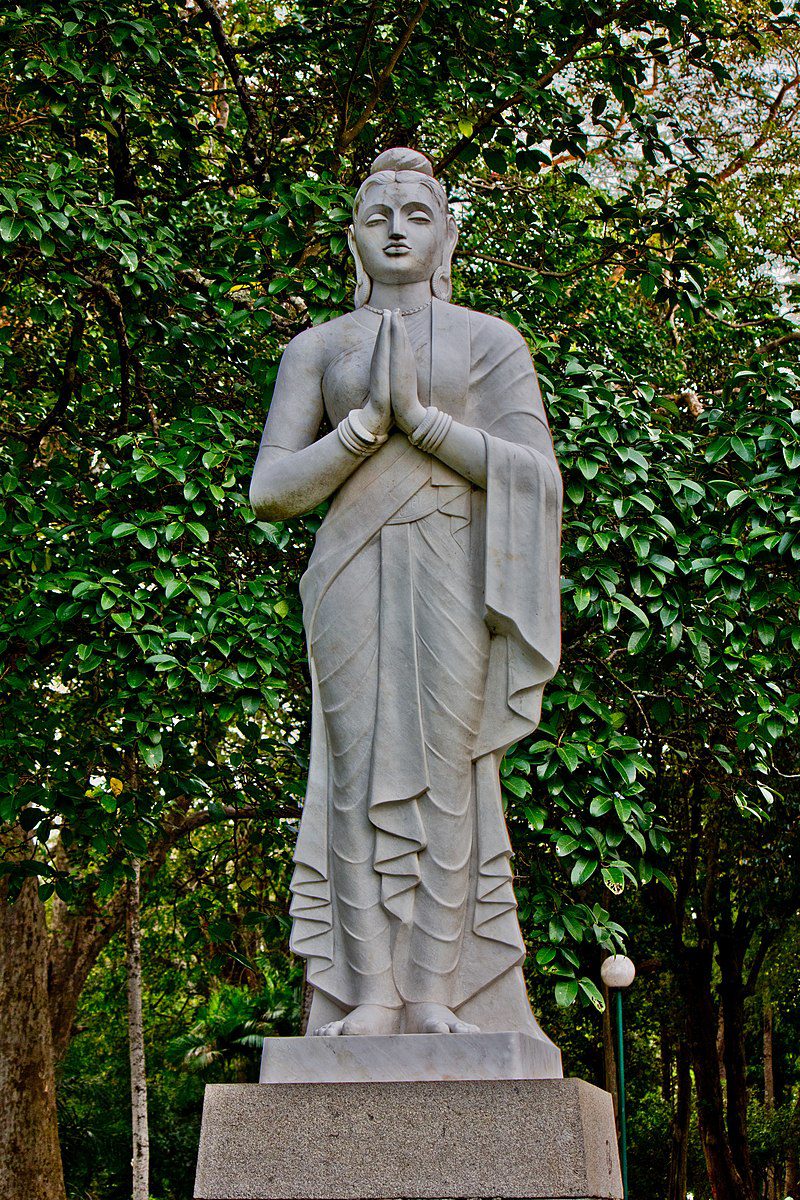
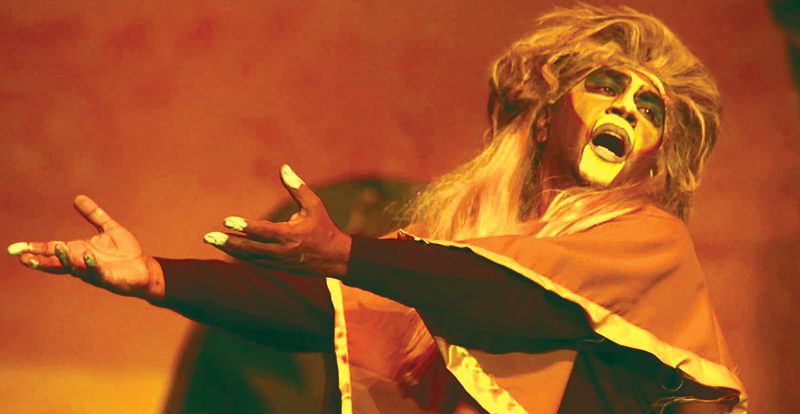
Spend thrilling days in paradise surfing across the Indian Ocean, hiking the majestic mountains, and experiencing the island’s unique blend of soul and nature.
Here you can browse our pre-made itineraries or create your very own personalized itinerary to match your needs and budget.
Is Sri Lanka exciting enough for you? Trust us! For such a little island, Sri Lanka packs a powerful punch of excitement and adventures. Reach us or allow our information team to contact you.
Magical Vacations Lanka (Private) Limited,
250, Canal Road, Uswetekeiyawa,
Sri Lanka
Postal Code: 11328
For Inquiries Dial Or WhatsApp
+94 72 240 5198
+94 (77) 108 4703
(24/7)(Only for international inquiries)
General : +94 722 405 198 (WhatsApp)
Email: [email protected]
Site Map
Follow us on